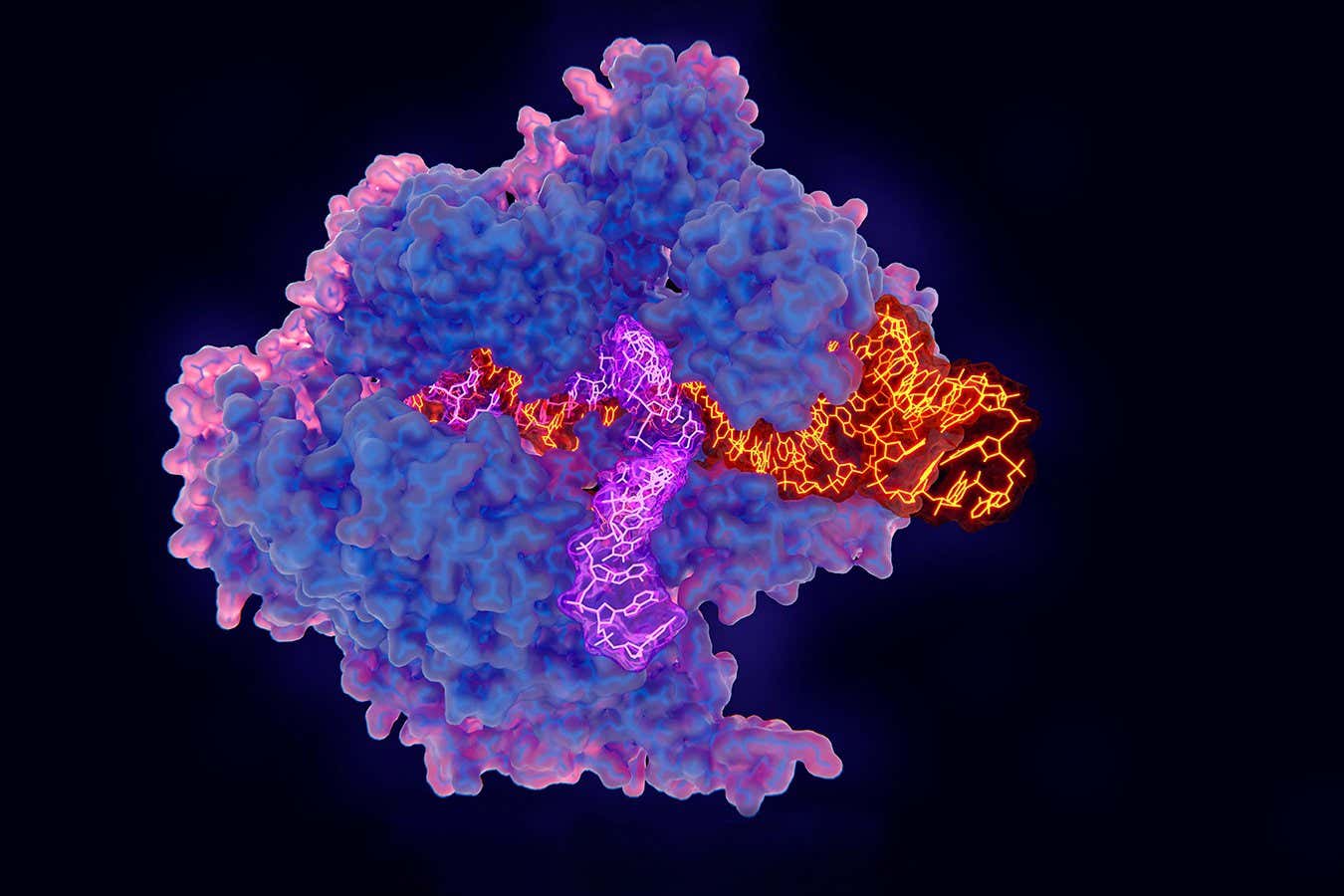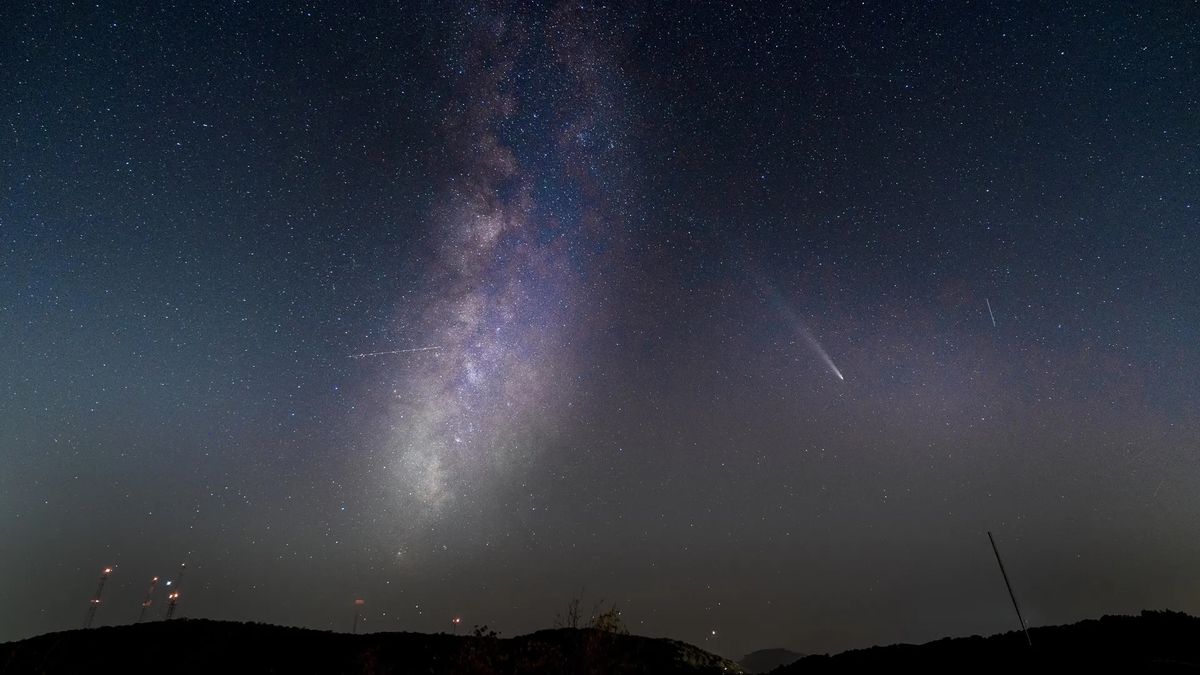
Jupiter’s iconic bands of clouds, swirling with hues of orange, white, and brown, have captivated scientists and stargazers for centuries. These mesmerizing features, shaped by the planet’s immense storms and jet streams, are among the most recognizable in our solar system. However, for all their beauty, the true nature of these clouds has remained a mystery—until now.
New research has upended the long-standing assumption that Jupiter’s visible clouds are primarily composed of ammonia ice. A collaborative effort between citizen scientists and professional researchers has revealed that these clouds lie deeper in the atmosphere than previously thought, where temperatures are too warm for ammonia ice to form. This discovery not only challenges previous models of Jupiter’s atmosphere but also offers new insights into the gas giant’s complex weather systems and chemical processes.
A New Perspective on Jupiter’s Atmosphere
For decades, scientists believed that Jupiter’s uppermost clouds were made of ammonia ice. This theory was based on observations from spacecraft such as NASA’s Galileo and Juno missions, as well as data from Earth-based telescopes. However, these assumptions left many questions unanswered, particularly about the planet’s atmospheric dynamics and chemical composition.
The breakthrough began with Dr. Steven Hill, an amateur astronomer from Colorado, who used commercially available telescopes and colored filters to study Jupiter’s atmosphere. By capturing images at specific wavelengths, he created detailed maps of ammonia levels and cloud heights. His findings suggested that Jupiter’s visible clouds are located much deeper in the atmosphere than previously thought.
Building on Dr. Hill’s observations, Professor Patrick Irwin from the University of Oxford applied advanced modeling techniques using data from the Multi Unit Spectroscopic Explorer (MUSE) at the European Southern Observatory’s Very Large Telescope. Simulating how light interacts with Jupiter’s atmospheric gases, Professor Irwin’s team confirmed that the clouds cannot be pure ammonia ice.
“I am astonished that such a simple method is able to probe so deep in the atmosphere and demonstrate so clearly that the main clouds cannot be pure ammonia ice!” exclaimed Professor Irwin.
Occasional Ammonia Clouds and Their Role
While the findings show that ammonia ice clouds are not dominant in Jupiter’s atmosphere, they do appear occasionally in specific conditions. In regions with strong updrafts, ammonia-rich air is pushed upward into cooler layers of the atmosphere, forming bright white clouds. These fleeting formations have been captured by spacecraft, appearing as small patches floating above darker cloud decks.
The formation of these clouds is influenced by photochemical reactions triggered by sunlight. When ammonia interacts with sunlight at higher altitudes, it reacts with other compounds to produce a smog-like material, creating the reddish-brown tones seen in Jupiter’s bands.
“A special advantage of this technique is that it could be used frequently by amateurs to link visible weather changes on Jupiter to ammonia variations, which could be important ingredients in the weather,” explained John Rogers of the British Astronomical Association.
These observations provide a more nuanced understanding of Jupiter’s atmospheric dynamics, linking weather patterns to chemical changes within the gas giant’s atmosphere.
Citizen Science Meets Professional Astronomy
One of the most remarkable aspects of this discovery is the role of citizen science. Dr. Hill’s innovative approach demonstrates how amateurs can make significant contributions to professional research using accessible tools and techniques.
“I always like to push my observations to see what physical measurements I can make with modest, commercial equipment,” said Dr. Hill. “The hope is that I can find new ways for amateurs to make useful contributions to professional work. But I certainly did not expect an outcome as productive as this project has been!”
This collaboration highlights the power of combining grassroots efforts with professional expertise. By leveraging the capabilities of modern telescopes and cameras, citizen scientists are helping to unlock new discoveries about our solar system.
Similarities Between Jupiter and Saturn
The findings about Jupiter’s clouds have also inspired new research on Saturn, another gas giant with striking atmospheric features. Using the same methods applied to Jupiter, Professor Irwin’s team analyzed data from Saturn’s atmosphere and found striking parallels. Like Jupiter, Saturn’s clouds appear to lie deeper than the ammonia condensation level, suggesting similar chemical and weather processes.
These similarities open up exciting possibilities for comparative studies of the two planets. Both gas giants show layered atmospheres shaped by rising and sinking air parcels, as well as photochemical reactions triggered by sunlight. Understanding these processes could provide broader insights into the atmospheric dynamics of gas giants across the solar system and beyond.
Implications for Future Research
This discovery marks a significant step forward in our understanding of Jupiter’s atmosphere. By challenging long-held assumptions and introducing innovative methods, researchers have opened the door to a deeper exploration of the gas giant’s weather systems and chemical makeup.
The simplified techniques developed by Dr. Hill and refined by professional astronomers make it easier to conduct frequent and detailed observations of Jupiter’s atmosphere. These methods allow for tracking the evolution of storms, jet streams, and other atmospheric phenomena over time, offering new opportunities for amateur and professional astronomers alike.
With tools like NASA’s Juno spacecraft and the James Webb Space Telescope, future research will continue to unravel the mysteries of Jupiter’s atmosphere. These efforts promise to shed light on the dynamic processes shaping not only Jupiter but also other gas giants in our solar system.
Unveiling the Secrets of Jupiter’s Clouds
The discovery of what lies beneath Jupiter’s clouds is a testament to the power of collaboration and curiosity. By combining the efforts of citizen scientists and professional researchers, this breakthrough has deepened our understanding of the largest planet in our solar system and its complex atmospheric dynamics.
As Professor Irwin noted, “These results show that an innovative amateur using a modern camera and special filters can open a new window on Jupiter’s atmosphere and contribute to understanding the nature of Jupiter’s long-mysterious clouds.”
This groundbreaking research reminds us that even the most familiar celestial objects hold hidden secrets, waiting to be uncovered by those who dare to look closer. Jupiter’s clouds, once thought to be simple layers of ammonia ice, now reveal a world of complexity and intrigue—an evolving story that continues to astonish astronomers and inspire stargazers worldwide.
Got a reaction? Share your thoughts in the comments
Enjoyed this article? Subscribe to our free newsletter for engaging stories, exclusive content, and the latest news.









Leave a Comment